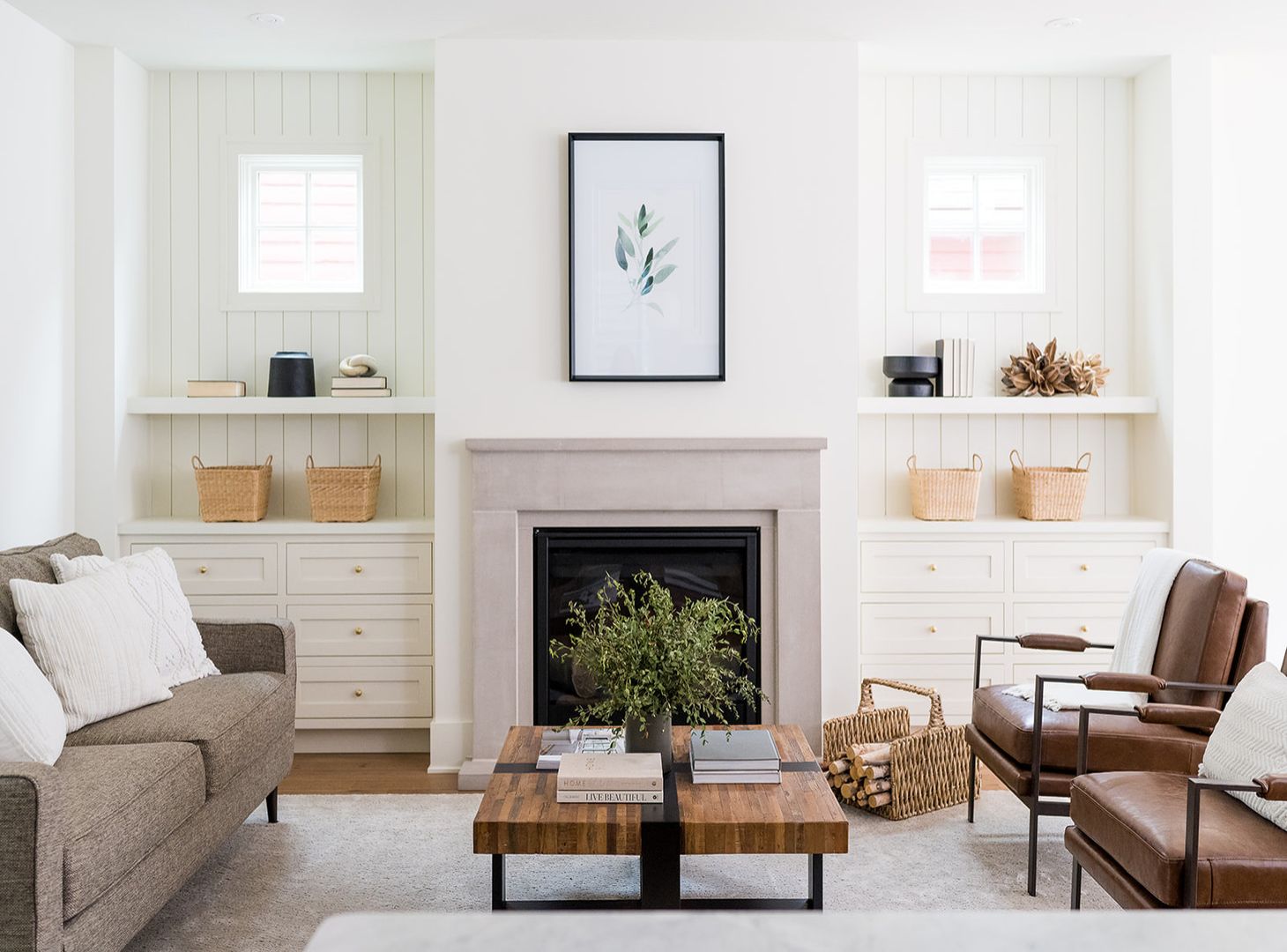
If you’re tired of living in a cluttered and disorganized home, it’s time to consider implementing some organizing principles. The good news is that there are many principles of organizing that work in every room of your house. In this article, we’ll explore eleven of the most effective principles that can help you get your home in order.
1. Declutter First
Before you start organizing, it’s important to declutter your space. This means going through your belongings and getting rid of anything you no longer need, want, or use. You can donate, sell, or recycle items that are still in good condition, and throw away anything that is broken or beyond repair.
2. Create Zones
Creating zones in each room can help you keep things organized and easy to find. For example, in the kitchen, you might have a baking zone, a cooking zone, and a cleaning zone. In the living room, you might have a reading zone, a TV zone, and a play zone for kids.
3. Use Containers
Containers are a great way to keep small items organized and easy to find. You can use baskets, bins, or boxes to corral items like toys, books, or office supplies. Clear containers are especially useful because they allow you to see what’s inside without having to open them.
4. Maximize Vertical Space
In many rooms, there’s unused space above eye level that can be used for storage. Installing shelves, hanging hooks, or adding a tall bookcase can help you maximize your vertical space and keep your belongings off the floor.
5. Store Items Near Where You Use Them
Storing items near where you use them can save you time and energy. For example, if you use your coffee maker every morning, store your coffee mugs and supplies near the coffee maker. If you do your makeup in the bathroom, store your makeup and brushes in a drawer or container near the mirror.
6. Use Labels
Labels are a great way to keep track of what’s in your containers and where things belong. You can use a label maker or simply write on a piece of tape and attach it to your containers. This can be especially helpful if you have kids who need to know where things go.
7. Prioritize Accessibility
When organizing, it’s important to prioritize accessibility. Items that you use frequently should be easy to access, while items that you only use occasionally can be stored in less accessible areas. This can help you save time and energy when you’re trying to find something.
8. Make Use of Door Space
The back of a door is a great place to store items that would otherwise take up valuable floor or shelf space. You can install hooks or hanging organizers on the back of your closet or pantry door to store shoes, bags, or cleaning supplies.
9. Don’t Forget About Lighting
Good lighting is essential for organizing. If you can’t see what you’re looking for, you’re more likely to get frustrated and give up. Make sure each room has adequate lighting, and consider adding task lighting to areas where you’ll be doing specific tasks.
10. Keep Flat Surfaces Clear
Flat surfaces like countertops, tables, and desks tend to collect clutter quickly. To keep these surfaces clear, make sure everything has a designated spot, and put items away as soon as you’re finished using them.
11. Use Your Walls
Walls can be used for more than just hanging artwork. Installing a pegboard or a magnetic board can provide extra storage for tools or kitchen utensils. You can also install a wall-mounted shelf or bookcase to store books, decorative items, or plants. By using your walls for storage, you can free up valuable floor space and keep your home organized and clutter-free.
Implementing these organizing principles can take time and effort, but the results are well worth it. A well-organized home can reduce stress, increase productivity, and make it easier to enjoy the space you live in. Whether you’re starting with a single room or tackling your entire home, these principles can help you create a more organized and functional living space.
Conclusion
Organizing your home doesn’t have to be a daunting task. By following these eleven principles of organizing, you can create a more functional and clutter-free living space. From decluttering and creating zones to using containers and maximizing vertical space, there are many strategies you can use to keep your home organized and easy to navigate. So why wait? Start implementing these principles today and enjoy the benefits of a more organized home.
